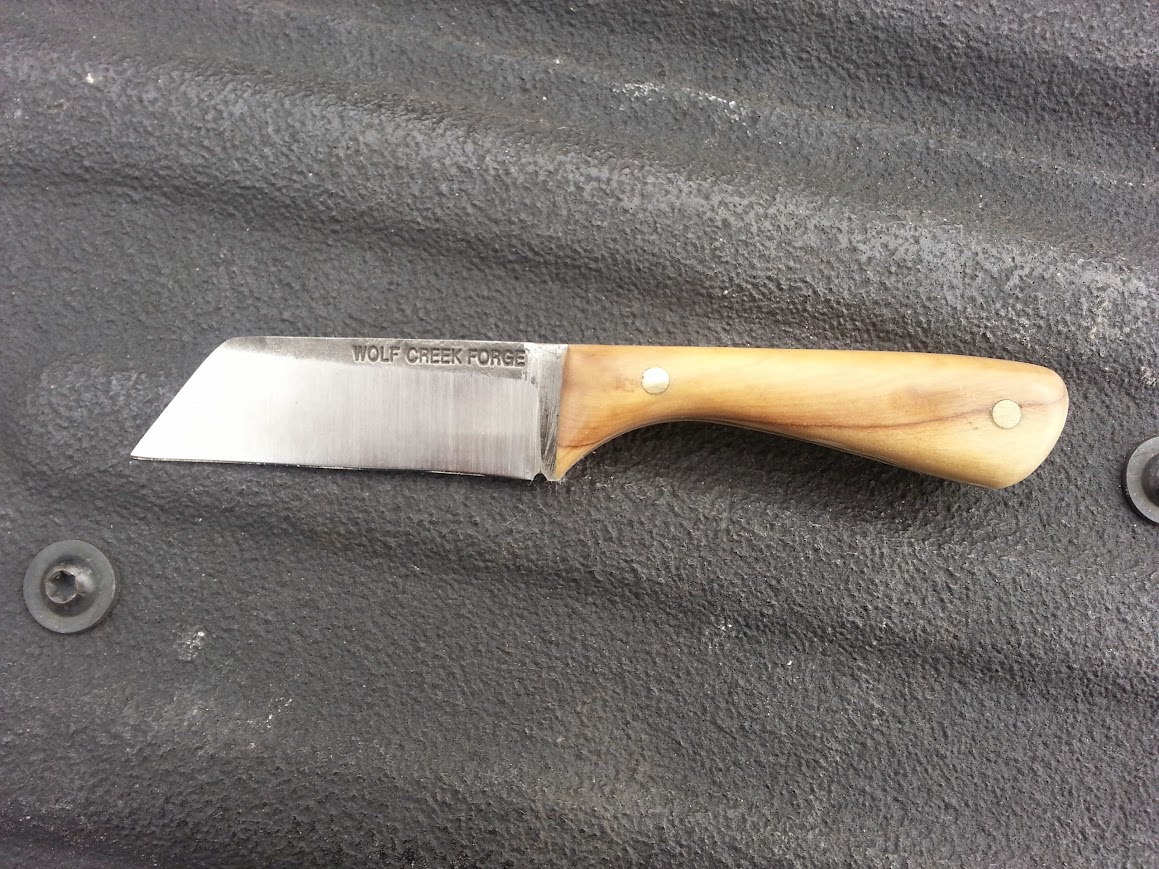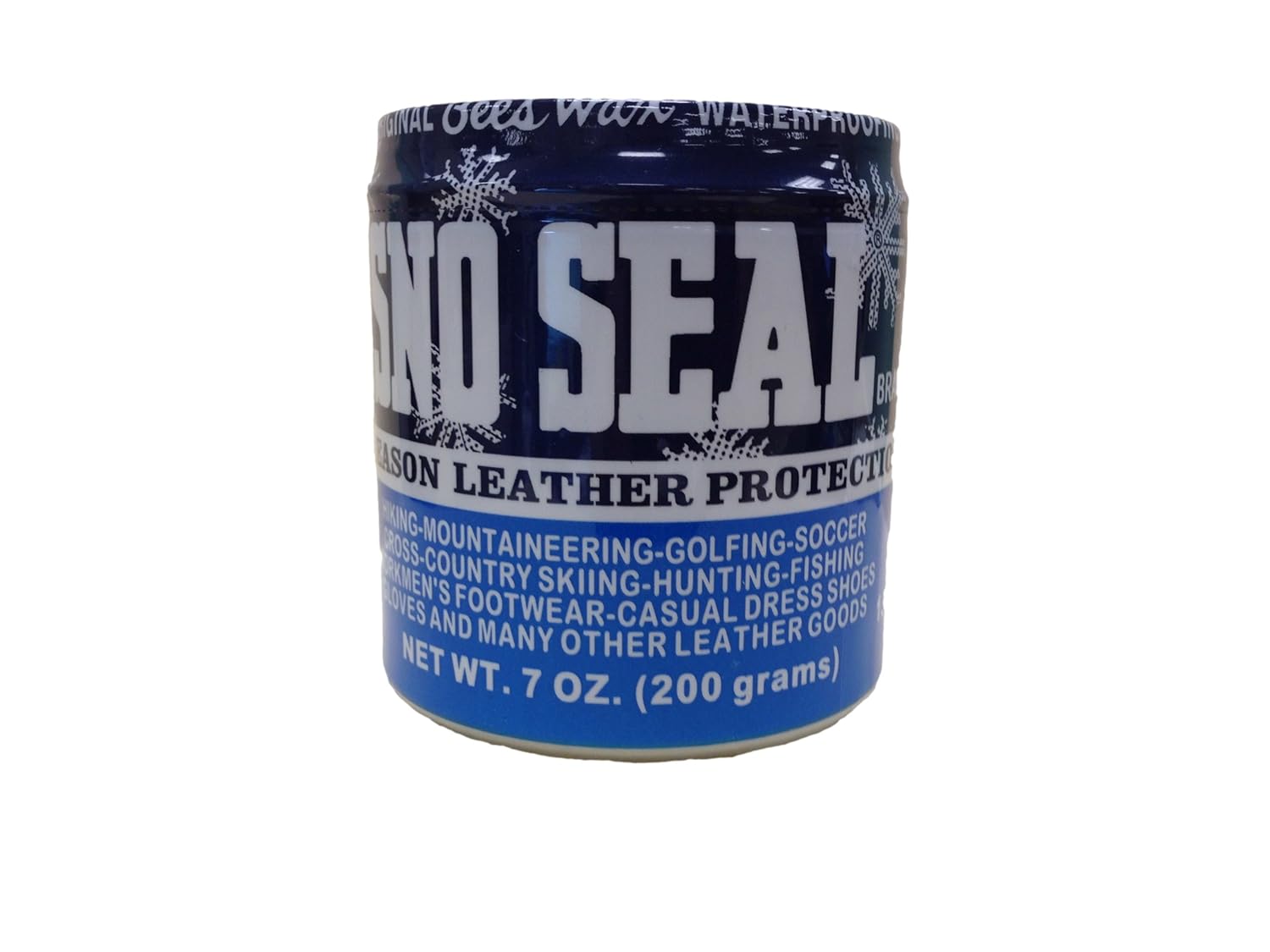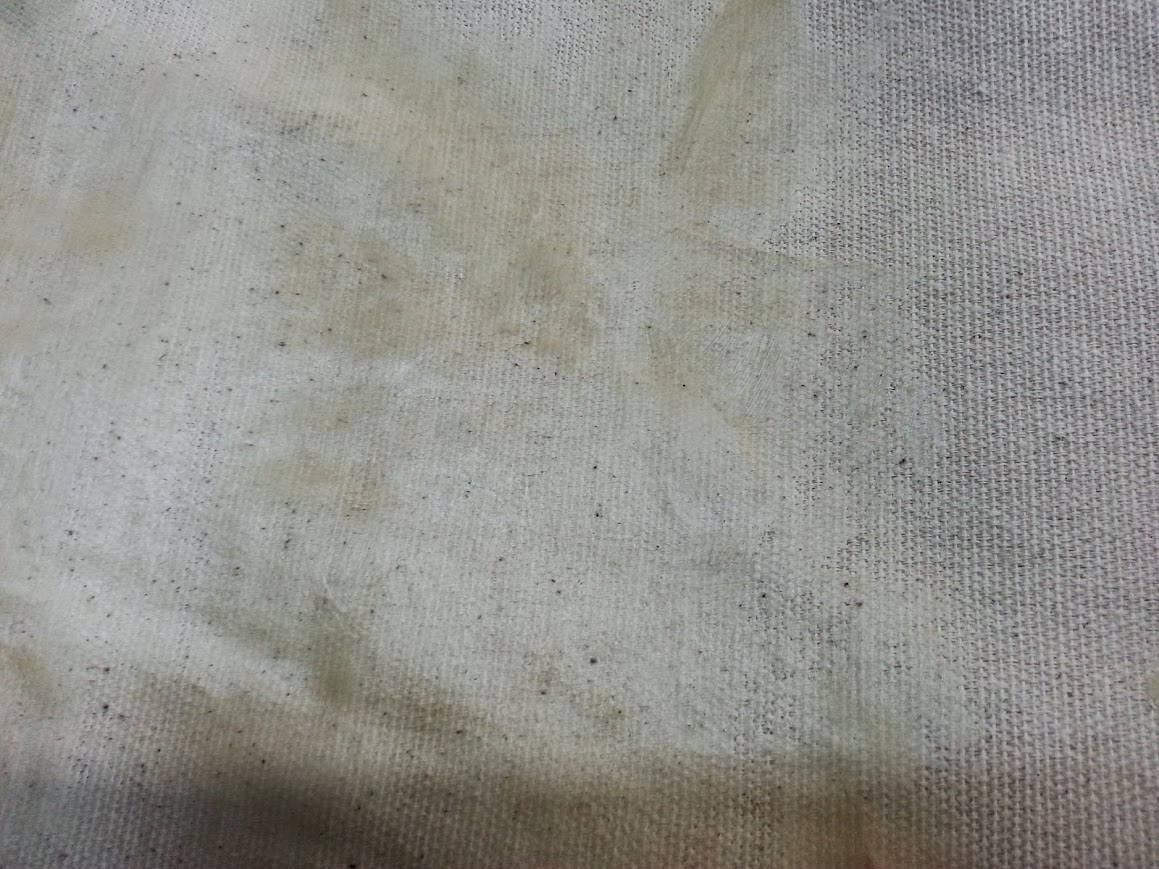by GunGuy
GET A SAFE
I know, it seems expensive, but it’s worth it! It helps make sure criminals don’t get your guns. This is good for you, good for society and good for gun rights. Also get a safe that’s at least twice as big as you’d expect you’d ever need. It will fill up quick.
So now you own a safe big enough to hold your long guns and you filled it with guns, papers and valuables…but…are you really using it right? Here is a summary of information I cobbled together from various sources on the internet (so it must be true!). This is not a discussion about what style/brand of safe to buy. I hope this provokes a bit of thought – additions and feedback welcome.
STATS
More than 99% of all robberies in homes with a locked gun sized safe (400lbs or larger) resulted in no loss of the contents inside the safe. The majority of the fraction left was people who stole the entire safe (mostly due to not being bolted down). Less than 0.05% were successfully broken into on location at the home or were removed when properly bolted.
Most common attack methods on safes are (in order of most to least common).
- Attempted theft of entire safe
- Pry bar attack on door
- Fire ax to side of safe
- Cutting side/back with diamond saw
- Cutting torch
Most common damage to safe (ordered most to least common)
- Hammered removal of dial or keypad
- Pry marks/bent metal around door edges
- Side/back damage
SAFE LOCATIONS BEST PRACTICES
- Out of sight from exterior windows and doors.
- Away from public or entertaining spaces such as kitchens and living rooms.
- If safe is visible from outside the house, face it so contents cannot be seen when it is open.
- Downstairs locations are ideal to lower heat from house fires. (heat goes up…unless its an inferno and the whole house comes down…)
- Rule of thumb – the bigger the hassle to get it to that spot – the harder it will be to steal. The more stairs they have to carry it up or doorways and corners they have to navigate, the less likely it will be stolen.
- The cheaper the safe, the smaller the space you should choose to locate it. This is to minimize attack options on the thinner metal on the sides and back.
BOLTING BEST PRACTICES
- Ideal – concrete floor (…duh)
- For ground floor locations over a crawl space – Drill ¼ pilot hole through pre-made holes in safe bottom. Glue a 2×6 boards to underside of the floor. Nail board ends to the support beams on each side so the pilot holes are centered. Using larger drill bit to drill all the way through flooring and 2×6. Fasten using 2 large washers and long round head bolts (aka timber bolts).
- For upstairs locations with standard home flooring – Open ceiling under safe location and do the same as #2 above.
- If bolting to floor is not an option, but the safe can be located in a small closet – Buy a piece of metal plate 3/8 to 1/2inch thick large enough to fit entire floor area of closet. Bolt the safe to the plate using round head bolts. Safe cannot be removed due to the oversize metal square bolted to bottom – at worst it can be tipped over onto its face through the doorway. (this method is difficult and requires 2-3 people to implement and floor must be strong enough to support this increased weight)
Note: Bolting can be successfully negated on elevated safes (i.e. with legs) by cutting the bolt between the safe and the floor with a hacksaw. Consider this when buying a safe.
ITEM STORAGE BEST PRACTICES
- Store breakables on bottom shelf if you safe is not bolted down. Most unbolted safes are knocked over at some point during the robbery attempt.
- Put most valuable objects on very bottom shelf. Most attempts to pry/cut/torch/chop into a safe are performed near the top of the safe between waist and chest high.
- If you have large amounts of ammo, store it at the top of safe. A top heavy safe is more unwieldy to steal than a bottom heavy safe.
- Use metal cash boxes inside safe to hold cash and important papers – they will provide an additional 10-30 minutes of fire protection, plus it requires taking much more time to cut/torch a much larger hole so they can be removed. (contents are a pita to get out while the box is inside the safe unless it’s a vertically spacious shelf). Store jewelry and watches separately the same way.
- Use a dehumidifier to prevent rust. There are many plug in models for less than $100 and less effective/less costly ones for cheaper.
- Do not put a gun into the safe that is a dramatically different temperature physically – condensation can form and cause rust.
SAFE COMBO BEST PRACTICES
A touch pad can be coated with different things to reveal which keys are frequently used. From there a savvy burglar can make a few educated guesses before being locked out for several minutes. You should clean your keypad regularly.
- Use 6 or more digits that are not a phone number and doesn’t form a word
- One repetitive number is ok. e.g 567784.
- Do not use multiple repetitive numbers. E.g 588774 – these have a slightly higher probability of being guessed if they know what keys are being used. (don’t ask me why – I ain’t a math guy)
- Do not end the code in 0 (zero) this is the most common last digit.
- Do not start your code with 1 since this is the most common starting digit
- Second most common starting digit is 0 due to the usage of birth dates (e.g. 031475) as codes…don’t do that.
Lastly, doing all of the above is not help whatsoever if you leave the bypass key where it can be found. The contents of your safe is only as secure as your bypass key.

















